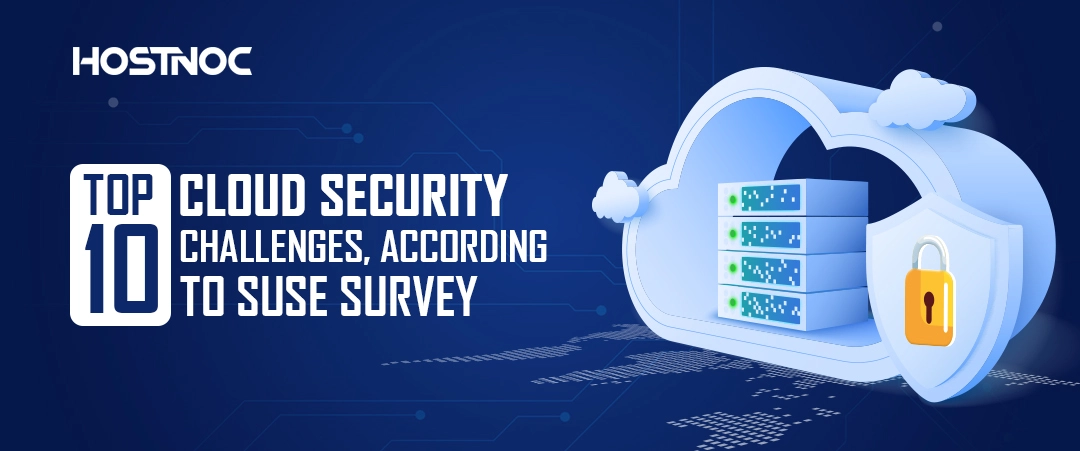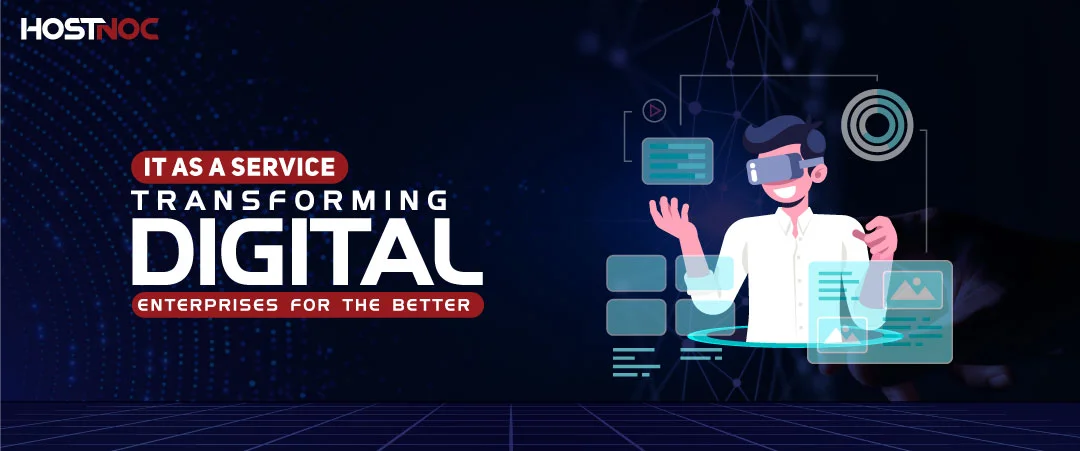Crucial Steps for Setting Up an IT Infrastructure for Your Company

WordPress Statistics: Ultimate List Of Eye-Popping WordPress Stats That Will Make Your Jaw Drop (2022)
March 16, 2022
How To Stop Emails From Going To Spam?
March 25, 2022It is no secret that IT services play a crucial role in enhancing and streamlining the performance, communication, and productivity of many businesses. As the importance of internal IT operations become more critical, a significant majority of businesses are looking to invest more on establishing internal IT teams. According to a recent report by SWZD, 57% of small businesses are increasing their budgets for upgrading their IT infrastructure.
Setting up an internal IT infrastructure is important in effectively delivering IT solutions and services to your employees and customers. Basically, an IT infrastructure comprises all the components that play important roles in IT-enabled functions, from composite hardware and software to network resources and services crucial to the operational processes of businesses. With flexible, reliable, and secure IT operations, your business can easily improve its efficiency and productivity.
In this article, we will provide you with a detailed step-by-step guide on how to set up an effective IT infrastructure ecosystem. To help you maximize the potential of your IT infrastructure services, we will also discuss crucial tips and techniques on smoothly running IT services.
Steps in Developing an IT Infrastructure
To establish your own IT infrastructure, note the following essential steps for a successful deployment.
Securing the Right Hardware
The first step in developing an IT infrastructure is finding the right hardware for the specific requirements of your business. Whether you prefer to use Apple or Windows devices, a decent hardware setup can go a long way in creating a long-term, sustainable, and scalable IT infrastructure.
You have to look for a decent server that can cater to your IT requirements. If you have a relatively small business, working without an on-premise server could be fine. This means you can simply move your data and applications to a cloud environment instead.
But if you own a larger enterprise or are planning to scale your operations, it is imperative that you invest on your own hosting server. In this type of setup, you need to have ample space to support your entire IT infrastructure, from hosting servers and storage volumes to networking hardware and other necessary equipment. You also have to support ventilation, security, cooling, and appropriate electrical wiring for all your physical hardware.
Investing on the Right Tech Stack
Depending on the kind of business you have, your software concerns could range from IT development and productivity tools to business process automation. Using the right software for your company’s day-to-day operations can help you maximize the potential of your business and increase your ROI. After all, all these business applications and software products are here to streamline your processes, allowing you to focus more on productive tasks that require higher priority.
When choosing the best software products for your business, consider the most essential features needed to run your business more efficiently. For instance, if you are an owner of an ecommerce store, you would find online selling, inventory management, and POS platforms quite useful to your business. Going over a list of ERP software tools can help you standardize, streamline, and integrate business processes. On the other hand, you may consider investing in IT management and development solutions if your business is related to IT services.
Streamlining Communication
One of the most important steps in establishing an IT infrastructure is setting up an effective communication system. Without it, there is no way for you and your IT teams to successfully communicate all the crucial information and instructions that let you run a smooth IT ecosystem. With no right system to streamline communication within your organization, your IT infrastructure could easily fall apart and become ineffective in responding to IT issues.
There are plenty of communication platforms that you can use to interact with your customers, business partners, and IT teams. Among IT infrastructure services examples are email platforms, which are easy to set up and maintain in-house. Relying on various email service providers to establish a communication system can improve the interaction and collaboration of your team.
Other communication platforms include video conferencing, messaging apps, and ticketing systems. When deciding on what communication tool to use, it is important to consider the software’s ability in delivering external and internal messages across multiple company departments.
Outsourcing IT Services
Outsourcing your IT infrastructure is another option that you may want to consider. After all, you can find a range of IT businesses that specialize in building IT infrastructures for different clients. By outsourcing your IT infrastructure management, you can spend less time worrying how to integrate all your tech stack and solve every single IT issue that your team and customers might encounter in the future.
When you opt for outsourced IT services, you can have a dedicated IT team available at your disposal whenever you need them. This way, you always have a team assisting you when it comes to enhancing your enterprise data privacy, server support, computer security, and data protection. Moreover, relying on outsourced IT infrastructure can keep your core team’s operational costs down.
Tips to a More Efficient IT Infrastructure
As you build your own IT infrastructure, here are some tips and techniques that you may find useful to keep your operations running more efficiently and at peak performance in the long run.
Procure Scalable Systems
What business does not have the goal of growing and attracting more clients and customers? Whether you are a startup or an already established business, it is only right to expect even more customers, and sometimes a larger team, over time. Thus, setting up a scalable IT infrastructure can help you avoid having to switch or replace your entire IT ecosystem when your business demands growth on a much larger scale.
As you build your internal IT infrastructure, obtain a collection of software products with growth potential, administrative scalability, and the option for adding extended functionalities at a later date. This way, you can easily scale your systems depending on the specific needs of your growing business.
Keep Your Processes Simple and Intuitive
Establishing an IT infrastructure is no easy feat. As you start setting up your virtual ecosystem, you will find many things to consider all at once to keep your business running smoothly. For instance, you have to customize your IT infrastructure to meet certain customer requirements, and you also have to take note of the training programs and onboarding processes for your team. Meanwhile, you’ll have to consider troubleshooting costs and the implementation of vendor updates as they come along.
To address the overwhelming processes that go into building a sound IT infrastructure, remember to keep your systems simple and intuitive. In most cases, it is best to opt for a standardized approach and set clear boundaries and processes that your team can follow from right from the outset. You can also lay down administrative procedures and structural guidelines that anyone from your organization can easily follow.



